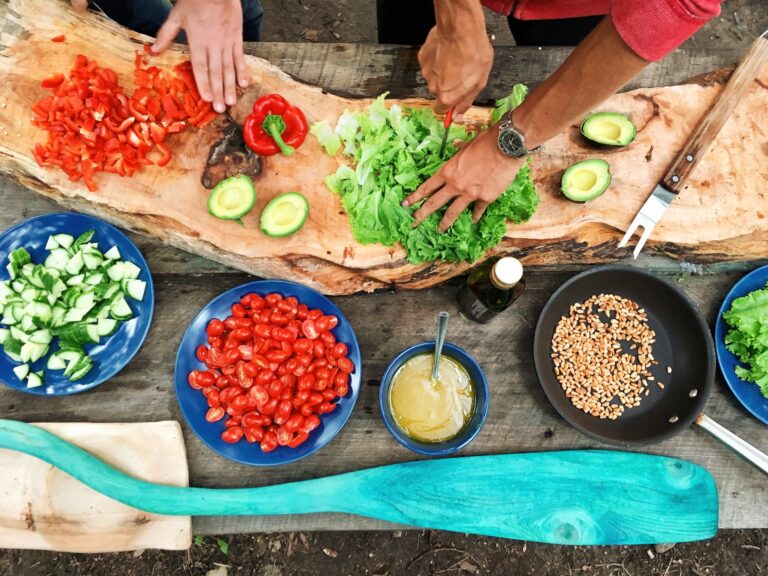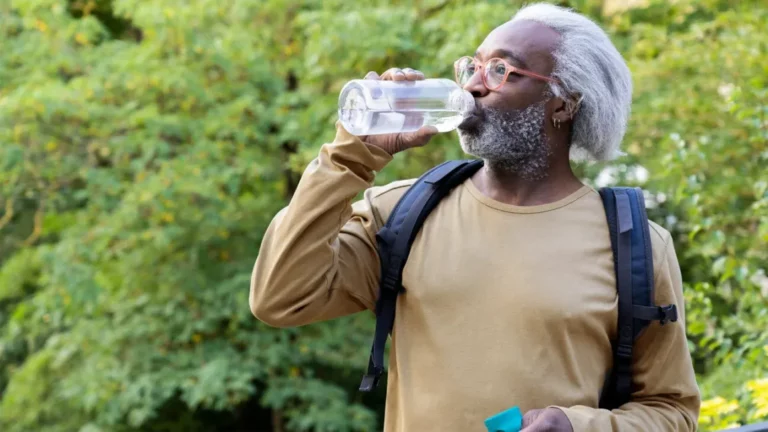Plant-Based Picnics: Delicious and Sustainable Recipes for Outdoor Dining
Just as we appreciate the evolving nature of foods in their flavor, color, and shape, we at Sage Collective similarly believe in the potential for personal growth and evolution, especially when it comes to our dietary choices. So today, we’re shifting our spotlight to the realm of plant-based picnics – a delightful fusion of health, sustainability, and flavor.
Have you ever been on a picnic, basket in hand, blanket over your shoulder, and felt the simple joy of dining in the great outdoors? Picnics have a certain magic about them, blending the nourishment of food with the rejuvenation of nature. We’re here to enrich this experience even further by introducing a plant-based approach.
Why Plant-Based?
A plant-based diet, rich in fruits, vegetables, grains, and legumes, is a powerful way to enhance your health and vitality while reducing environmental impact. As with the curious and colorful heirloom foods, diving into the variety of plant-based foods can be an exciting exploration of new flavors and nutrients. Plus, who says nutrition can’t be delicious?
Plant-based picnics provide a unique opportunity to share this exploration with loved ones. Whether you’re a seasoned plant-based eater or just beginning to dip your toes into this lifestyle, a picnic is a relaxed, enjoyable setting to experience and share these vibrant foods.
Ideas for Your Plant-Based Picnic:
- Colorful Veggie Wraps: Pack some whole-grain tortillas with a rainbow of fresh vegetables, hummus, and a sprinkle of herbs. They’re easy to make, easy to carry, and a delightful blend of flavors and textures.
- Quinoa Salad: High in protein and filled with fresh vegetables, a quinoa salad is a satisfying and versatile picnic choice.
- Fruit Skewers: Thread some fresh seasonal fruits onto skewers for a light, sweet treat. They’re refreshing, fun to eat, and packed with healthful vitamins.
So, why not plan your next outdoor feast around plant-based foods? You’ll be treating yourself, your loved ones, and our planet to a meal that truly nourishes. Remember, vibrant living is not a destination but a journey, filled with exploration, creativity, and open-mindedness. Embracing a plant-based picnic is one delicious step on this journey.
We invite you to share your favorite plant-based recipes with friends, family, and our Sage Collective community. Who knows, your favorite dish might just become someone else’s too. After all, part of vibrant living is sharing what brings us joy and wellness. Happy picnicking!











